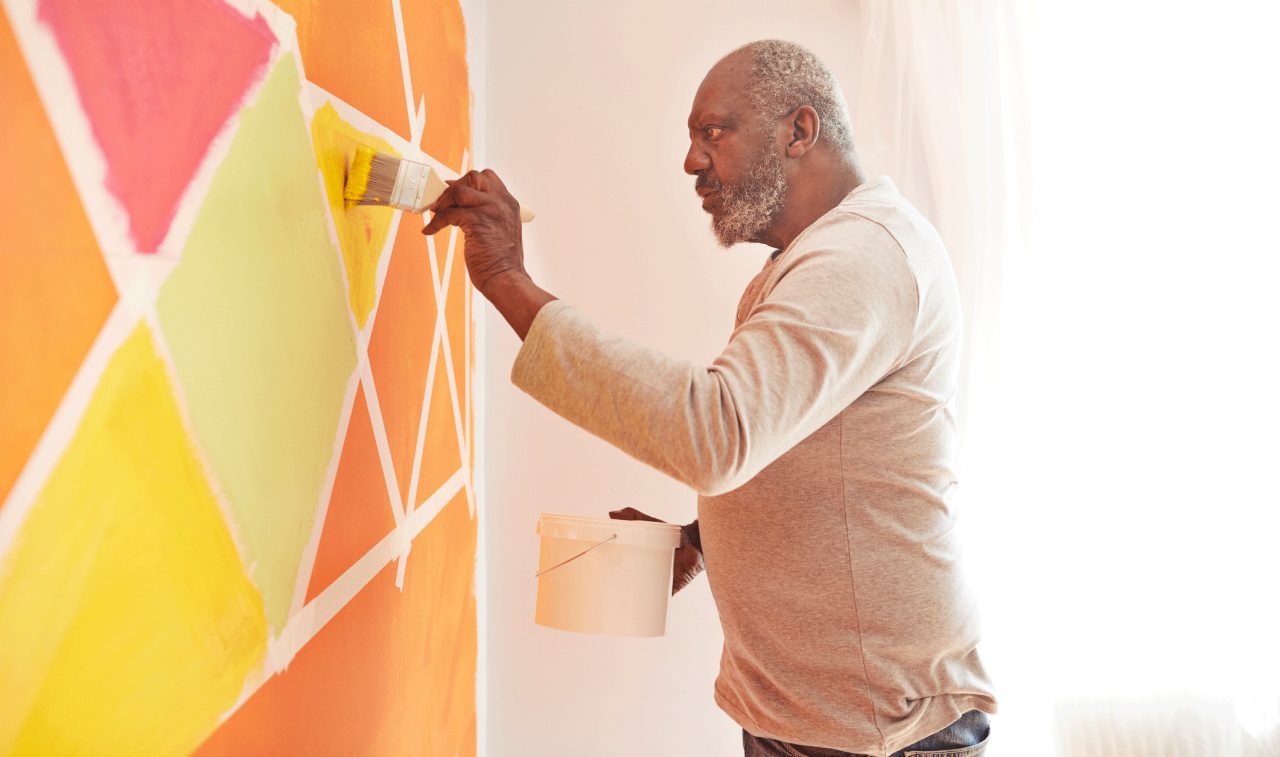Adults with Diabetes Need More Care

Two out of three U.S. adults with diabetes aren’t getting enough of the medical care they need. Here's what you can do.
Even before the COVID-19 shutdowns, two out of three U.S. adults with type 2 diabetes weren’t getting the basic care recommended by the American Diabetes Association.
Here’s what the association advises: Within a year of being diagnosed, you should talk about diabetes with your primary care doctor, get an A1c test that measures your blood sugar as an average of the past three months, test your cholesterol, and have your feet and eyes examined.
More people are taking these steps than in the past, according to one analysis. But most of them are seniors. Younger patients and those newly diagnosed with diabetes are not taking diabetes medication and are more likely to be skipping some care.
YOU MIGHT ALSO LIKE: Complications of Diabetes
The pandemic didn’t help, as people postponed routine doctor’s visits and screenings for eye damage and foot exams. You might have been staying away from medical facilities for fear of infection. Some people lost their jobs and health insurance and couldn’t afford care.
The evidence of inadequate care came from pre-pandemic data. The analysis drew from data provided by 4,069 adults aged 20 years and older who participated in a national government survey.
If you have diabetes and have put off routine care, now is the time to act, especially if you have any danger signs.
Danger signs in your eyes
Diabetes can damage blood vessels in your eyes, increases your risk of cataracts and infections, and can cause glaucoma. See an eye doctor if you notice:
- Spots or dark strings floating in your vision (floaters)
- Blurred vision
- Fluctuating vision
- Impaired color vision
- Dark or empty areas in your vision
Get a comprehensive dilated eye examination from your ophthalmologist at least once a year. In its early stages, diabetic retinopathy often has no symptoms.
How to protect your eyes
The best way is to control your blood sugar and maintain healthy blood pressure and cholesterol levels. If you quit smoking and exercise, you’ll help your eyes as well.
Danger signs in your feet
About half of all people with diabetes end up with nerve damage, often in their feet. Some people with nerve damage notice numbness, tingling, or pain, but others have no symptoms. Nerve damage can also lower your ability to feel pain, heat, or cold. Take fast action if you notice any of these signs:
- Changes in skin color
- Changes in skin temperature
- Swelling in your feet or ankles
- Pain in your legs
- Open sores on your feet that are slow to heal or are draining
- Ingrown toenails or toenails infected with fungus
- Corns or calluses
- Dry cracks in your skin, especially around your heel
How to protect your feet
- Check your feet every day for cuts, redness, swelling, sores, blisters, corns, calluses, or any other changes to your skin or nails. Use a mirror to see the bottom of your feet or ask a family member to look.
- Wash your feet every day in warm (not hot) water. Don’t soak your feet. Dry them completely and apply lotion to the top and bottom — but not between your toes, which could lead to infection.
- Never go barefoot, even indoors. Check that there aren’t pebbles or other objects inside your shoes and that the lining is smooth.
- Wear well-fitted shoes. If you go shopping for new shoes, try them on at the end of the day, when your feet may have expanded. Break in new shoes slowly, wearing them for no more than two hours on the first day.
- Trim your toenails straight across.
- Don’t use over-the-counter products to remove corns or calluses. Have a foot manicure or see a podiatrist.
- See your foot doctor every year.
- Keep your blood flowing. Put your feet up when you’re sitting, and wiggle your toes during the day.
- Stay active. Walking, bike-riding, and swimming should be easy on your feet.
Updated:
March 06, 2023
Reviewed By:
Janet O’Dell, RN